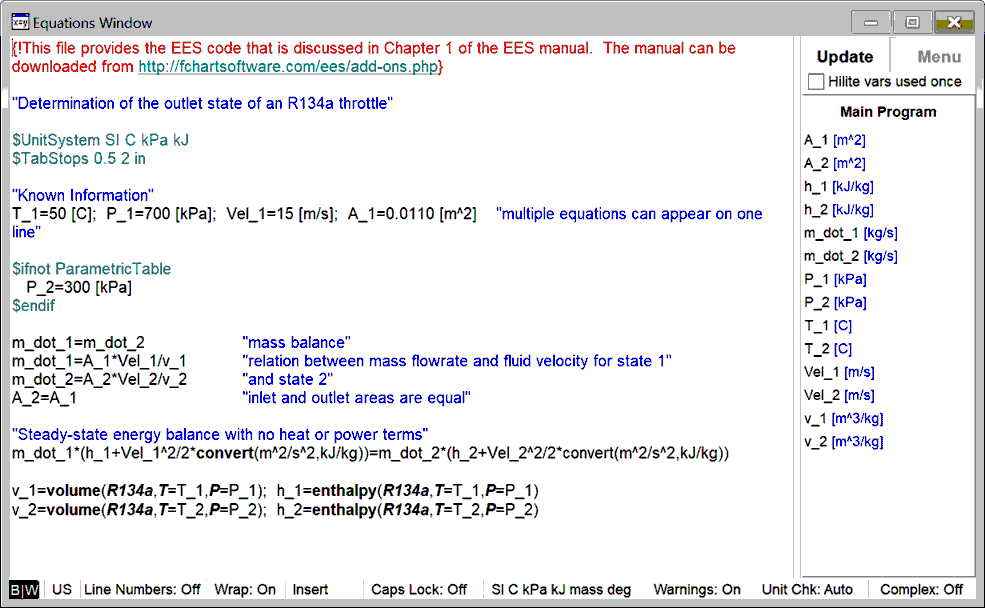
Taking out the peaks will have more useful effect (and is easier) than trying to fill the holes. There are several technical reasons for this, but a simple thing to bear in mind is that the peaks stand out, and are therefore more noticeable (imagine a level floor - the theoretical ideal - and think of the difference between stepping on a nail and stepping on a nail-shaped dent in it). Overall tone shaping (largely a matter of individual taste) is another common application.Īs a corrective measure, cutting a particular frequency is generally more effective than boosting other frequencies. The main use of a graphic EQ in live sound systems is to correct anomalies in the overall sound, and (to a limited extent) control feedback. between the mixer outputs and the crossover or power amp inputs), changes will only be heard through the main or monitor loudspeaker system, and the mixer's meters may not accurately represent the signal strength at the controller or amplifier inputs. If a graphic EQ is connected in-line (i.e. This is considered an advantage by many sound-engineers. Using the main (left and right or group) mixer inserts will mean that any changes to the graphic settings will be seen on the channel meters, and heard on headphones or listen wedge. If all else fails, read the manual! You can also find general guidelines on many manufacturer websites.Ī graphic EQ can be connected to a mixer in one of two ways: on inserts, or in-line. The combined effect of the filters is to change the overall balance of frequencies. Moving the fader up boosts that range, and moving the fader down reduces it.

How it worksĮach fader controls the level of an individual bandpass filter circuit, dealing with its own specific frequency range. A line taken across the faders gives a graph-like view of the approximate overall effect, which is why this kind of equaliser is called a graphic EQ. It boosts or cuts a signal in one or more narrow parts of its frequency range. Ten-band (octave) and fifteen-band (2/3 octave) graphics are not generally adequate for live applications, as each frequency band is too broad for anything more than approximate tone shaping. On a thirty-one band graphic equaliser, each band covers one third of an octave (you can work this out from the fact that one octave represents a doubling - or, going the other way, halving - of frequency, and there are ten octaves between 20Hz and 20kHz: on a 31-band graphic there are three steps between each doubling of frequency). Usually, the centre frequency of each band will be an International Standards Organisation (commonly referenced just by its initial letters: ISO) standard frequency.


Each channel will have either ten, fifteen, or thirty-one (sometimes only thirty) frequency bands. It will usually have two identical channels (although some single-channel graphics are available, and have their uses). Generally it will be between 1U and 3U in height. Physically (except on most digital mixers, which typically use channel faders for graphic EQ control), it is usually a 19” rack-mounted box with vertical faders, each controlling a limited frequency range.
Tonal balance control cant open eq how to#
This section describes how to apply tonal corrections, using the example of Level Correction.The Graphic EQ is ubiquitous, and almost essential in any PA system. To learn how to apply an effect to multiple layers, see " New Correction Layer ".Ĭlip Studio Paint offers the following types of tonal correction.Īdjusts the brightness and contrast of the selected layer.Ĭhanges the color of the selected layer by adjusting the three components (hue, saturation and luminosity) of the HSV color model.Ĭonverts an image into the specified gradient.Īdjusts the contrast of an image using the histogram.Īdjusts the contrast of an image using the tone curve.Īdjusts the tone of an image by configuring the balance of each RGB color.Ĭonverts the selected layer into a black and white duotone layer.Įach shade in the image is replaced with colors of the selected gradient. With the menu > command, you can apply the effect only to the selected layer. This layer allows you to adjust the brightness, hue, saturation, luminosity, and gradient of the selected layer.


 0 kommentar(er)
0 kommentar(er)
